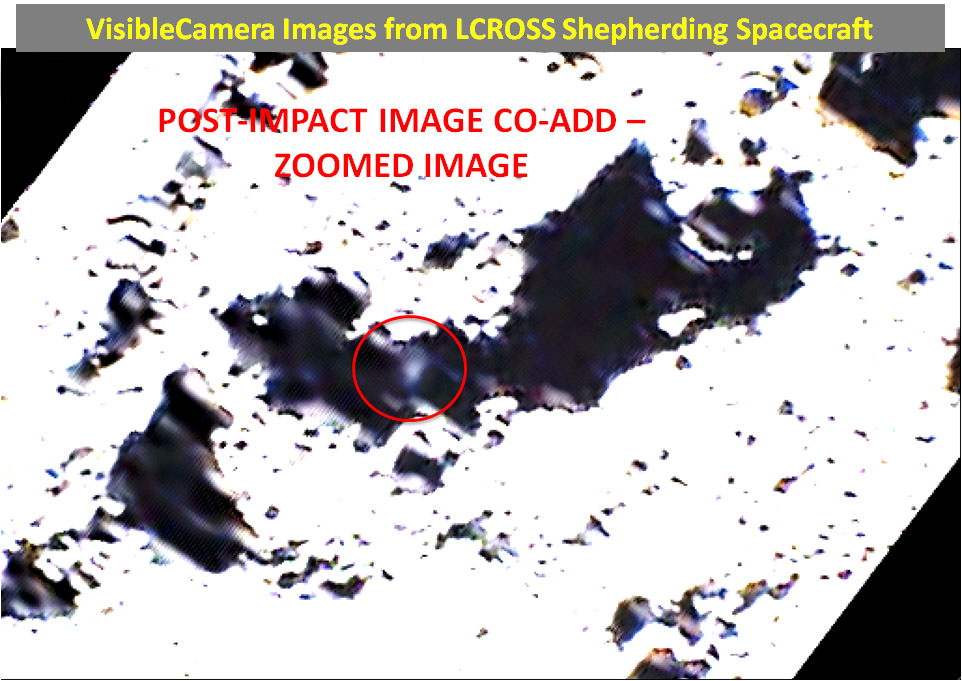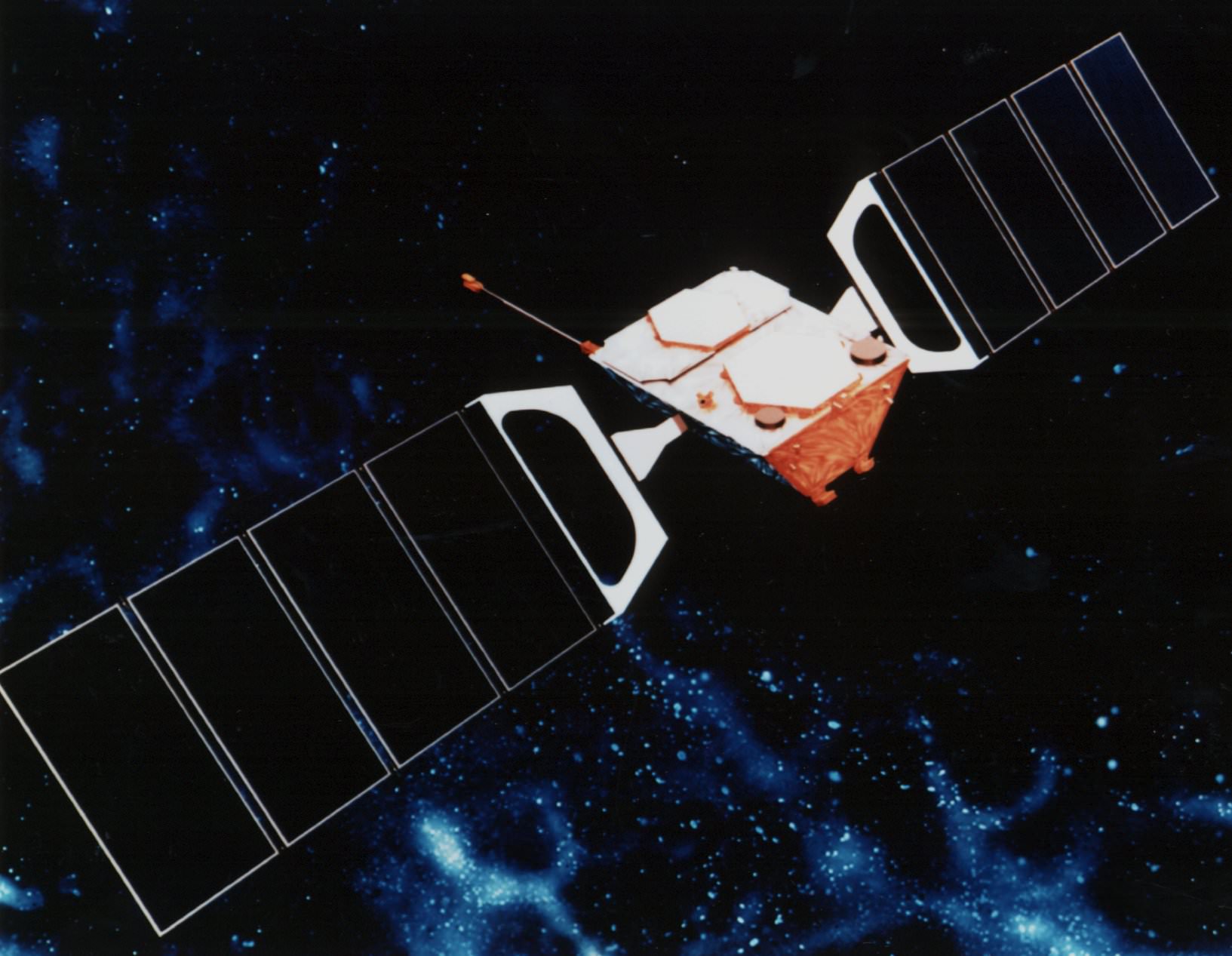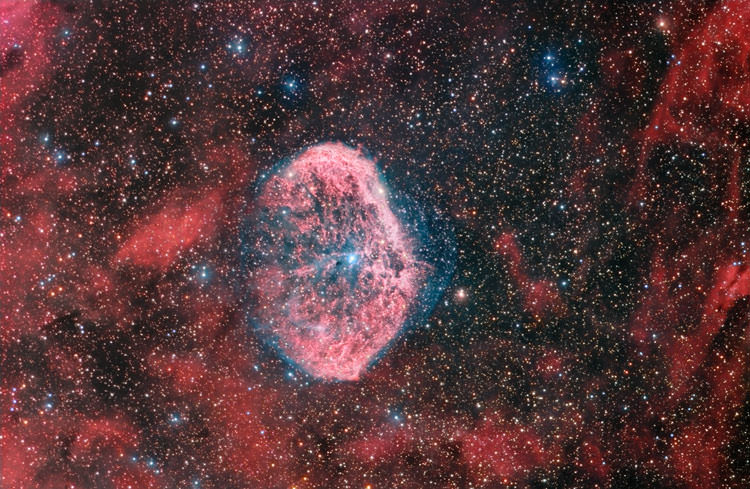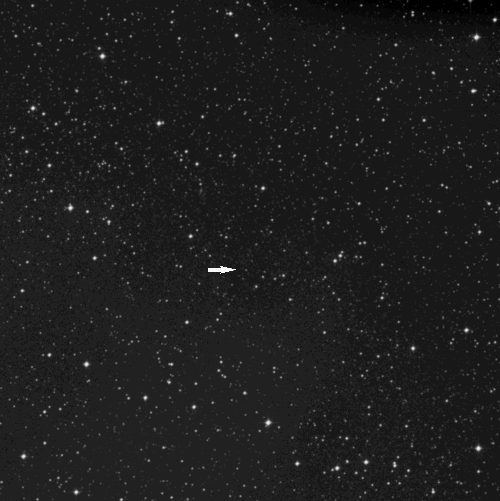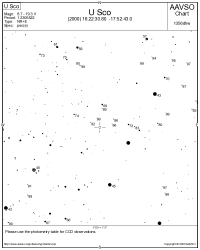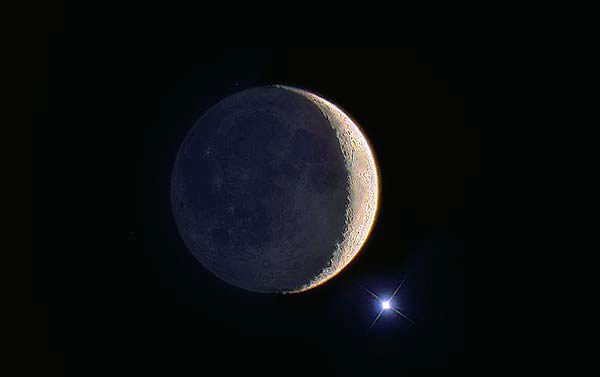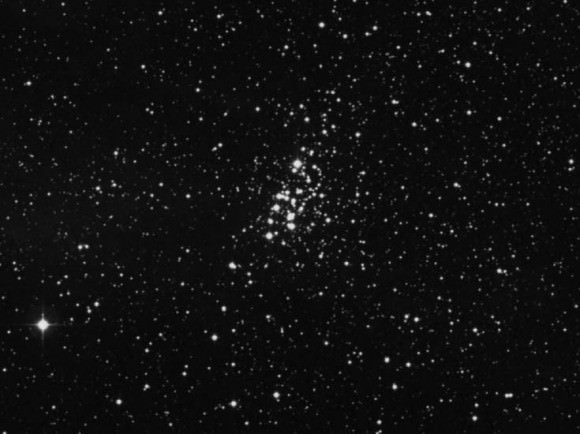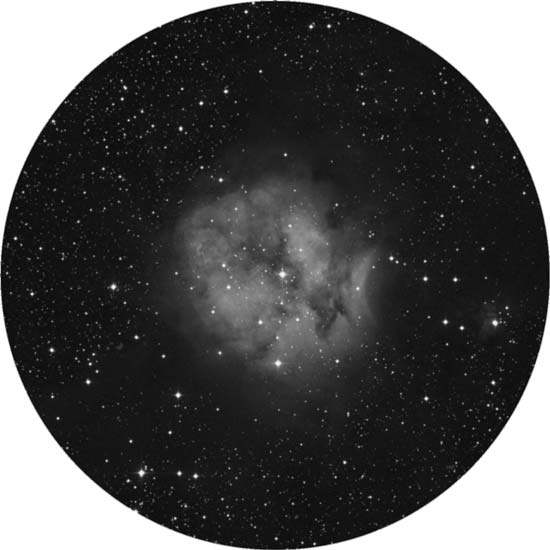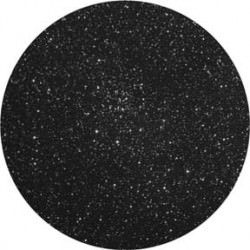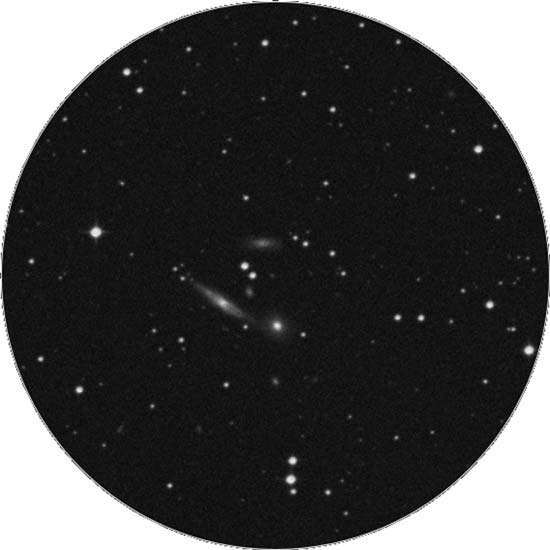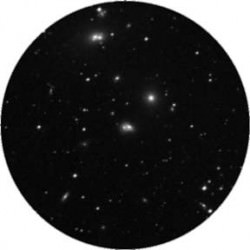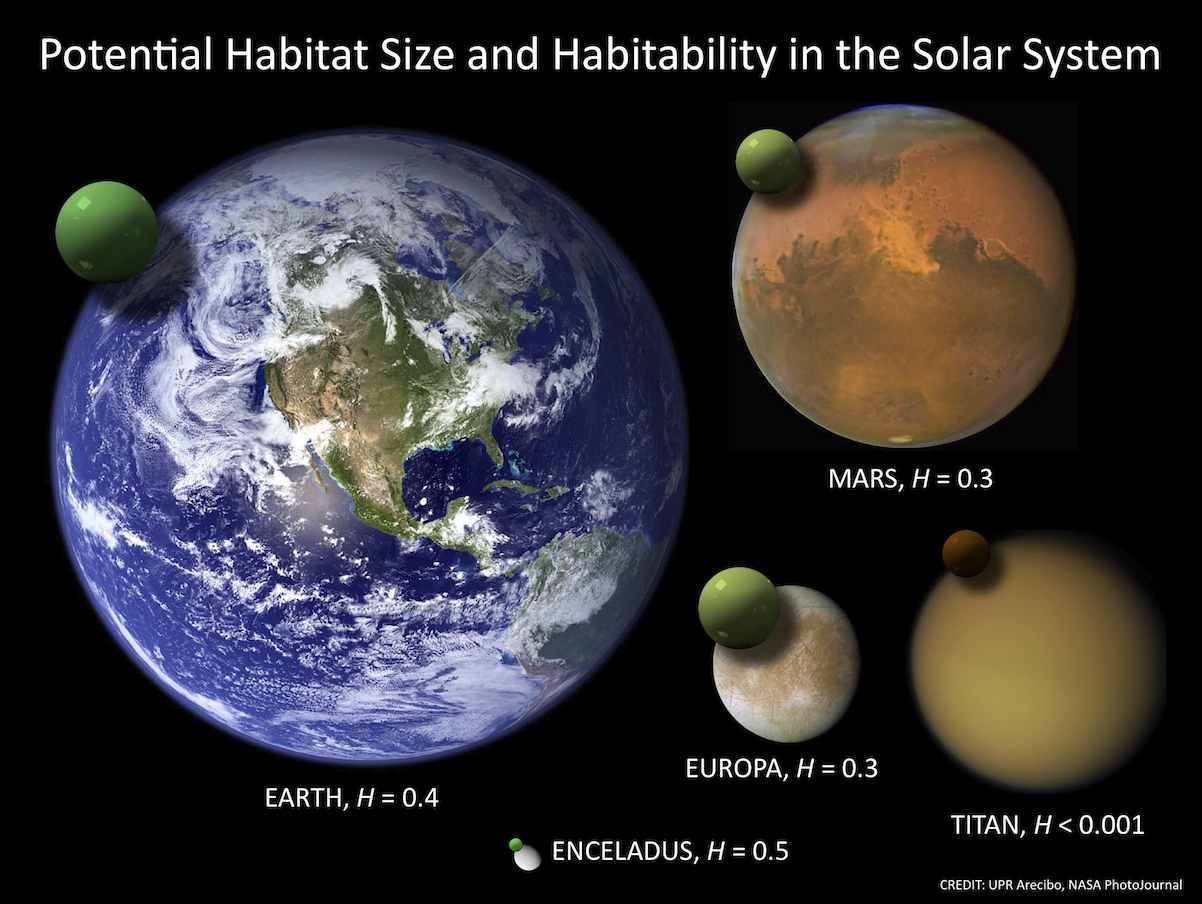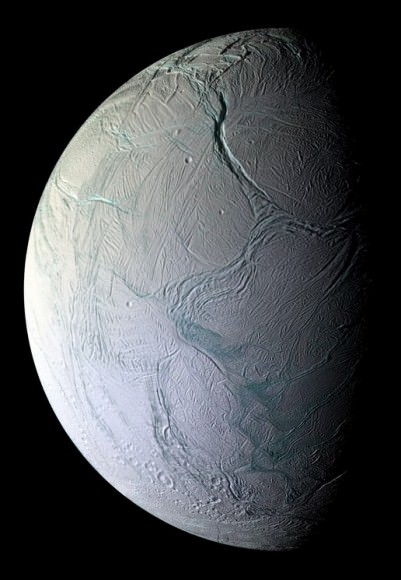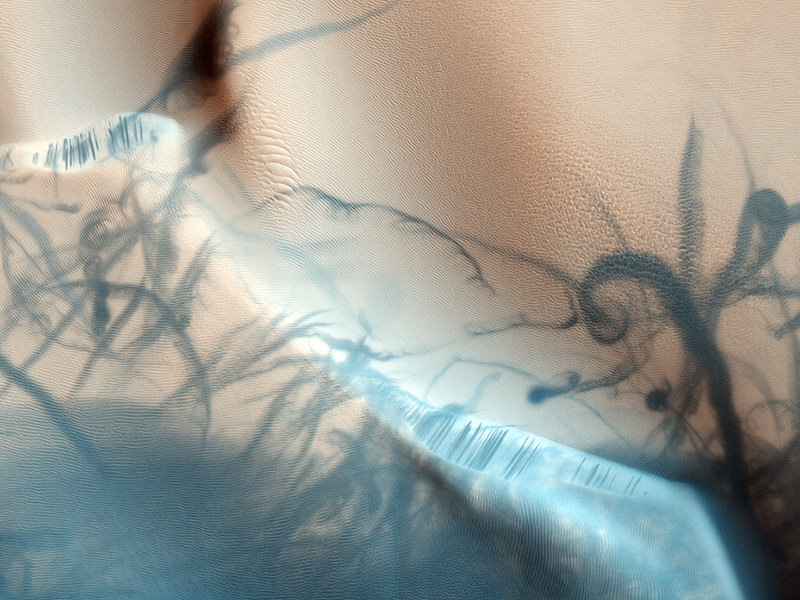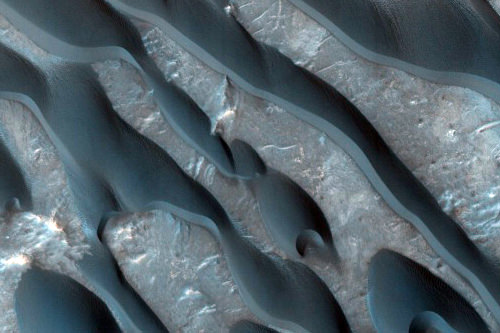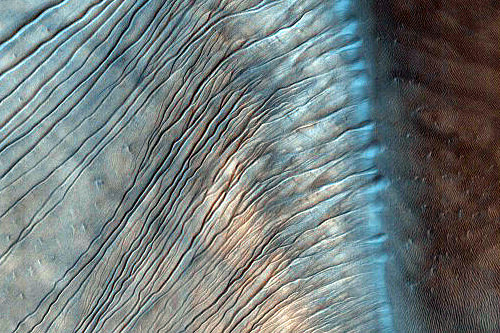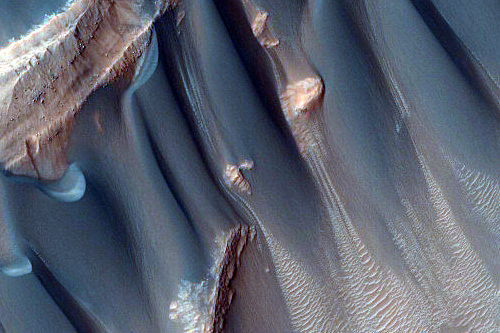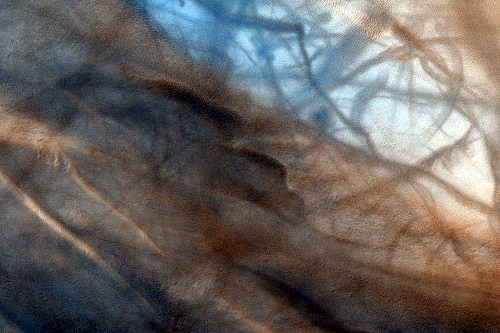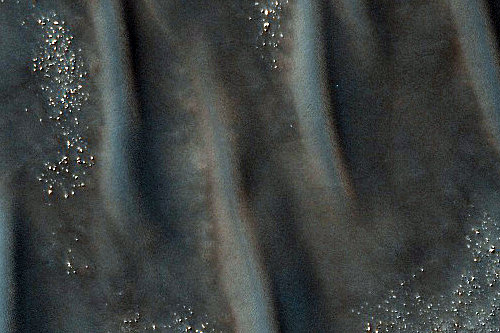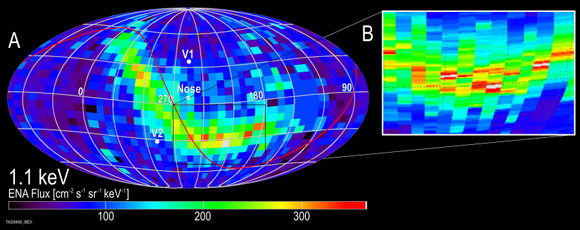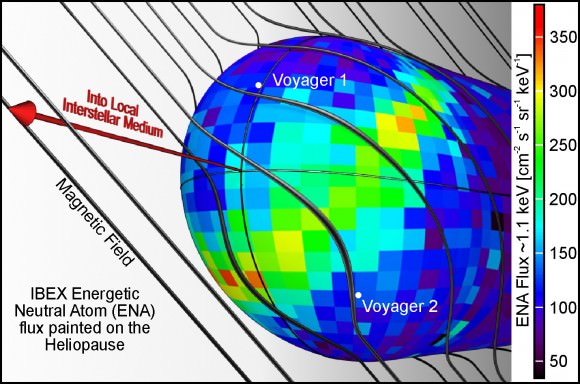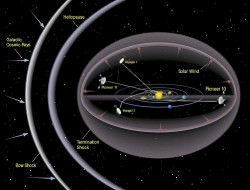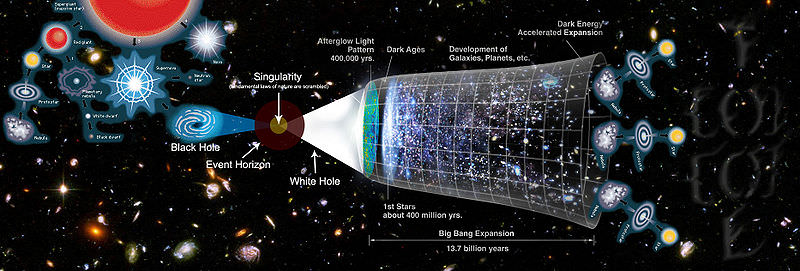Nine science instruments on board the LCROSS spacecraft captured the entire crash sequence of the Centaur impactor before the spacecraft itself impacted the surface of the moon. But from Earth, any evidence of the plume was hidden by the rim of a giant impact basin, a 3 kilometer-high (2-mile) mountain directly in the way for Earth telescopes trained on the impact site, said Dr. Peter Schultz, co-investigator for LCROSS. Additionally, the crater created by the impact was only about 28 meters across (92 feet) but Schultz said the best resolution Earth telescopes can garner is about 180 meters (200 yards) across.
The science team is analyzing the data returned by LCROSS, and Anthony Colaprete, principal investigator and project scientist, said “We are blown away by the data returned. The team is working hard on the analysis and the data appear to be of very high quality.”
The team hopes to release some of their preliminary findings within the next several weeks, Schultz said at in webcast with students and teachers this week.
During the Oct. 9 crash in to the Moon’s Cabeus crater, the nine LCROSS instruments successfully captured each phase of the impact sequence: the impact flash, the ejecta plume, and the creation of the Centaur crater.
Within the ultraviolet/visible and near infra-red spectrometer and camera data was a faint, but distinct, debris plume created by the Centaur’s impact.
“There is a clear indication of a plume of vapor and fine debris,” said Colaprete. “Within the range of model predictions we made, the ejecta brightness appears to be at the low end of our predictions and this may be a clue to the properties of the material the Centaur impacted.”
The magnitude, form, and visibility of the debris plume add additional information about the concentrations and state of the material at the impact site.
From images and data, the team was able to determine the extent of the plume at 15 seconds after impact was approximately 6-8 km in diameter. Schultz said the Moon’s gravity pulled down most of ejecta within several minutes.
The LCROSS spacecraft also captured the Centaur impact flash in both mid-infrared (MIR) thermal cameras over a couple of seconds. The temperature of the flash provides valuable information about the composition of the material at the impact site. LCROSS also captured emissions and absorption spectra across the flash using an ultraviolet/visible spectrometer. Different materials release or absorb energy at specific wavelengths that are measurable by the spectrometers.
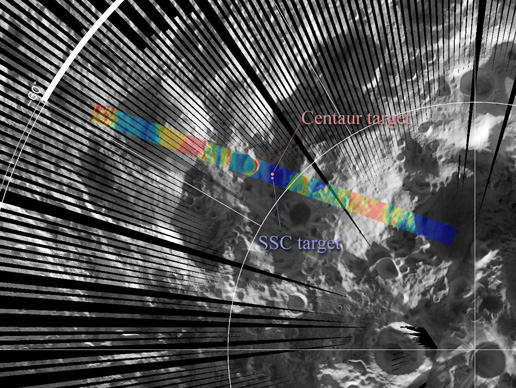
Additionally, the Lunar Reconnaissance Orbiter’s Diviner instrument also obtained infrared observations of the LCROSS impact. LRO flew by the LCROSS Centaur impact site 90 seconds after impact at a distance of ~80 km. Both science teams are working together to analyze the their data.
The LCROSS spacecraft captured and returned data until virtually the last second before impact, Colaprete said, and the thermal and near-infrared cameras returned excellent images of the Centaur impact crater at a resolution of less than 6.5 feet (2 m).
“The images of the floor of Cabeus are exciting,” said Colaprete. “Being able to image the Centaur crater helps us reconstruct the impact process, which in turn helps us understand the observations of the flash and ejecta plume.”
Sources: LCROSS, LCROSS webcast

